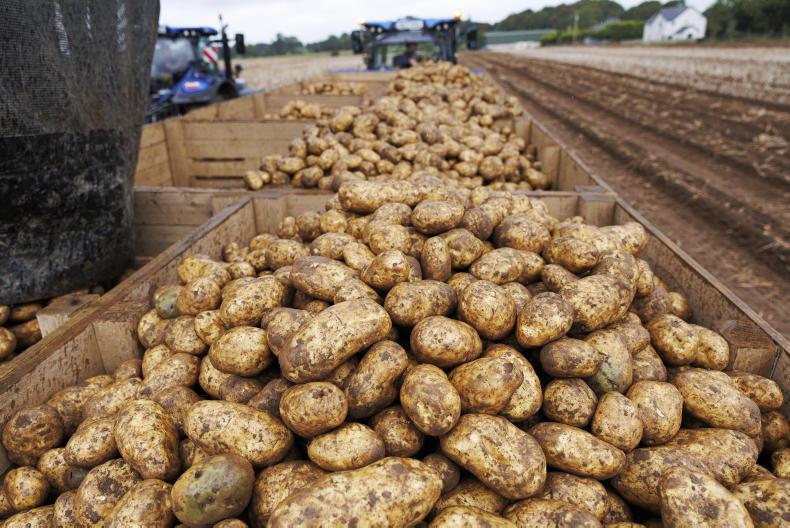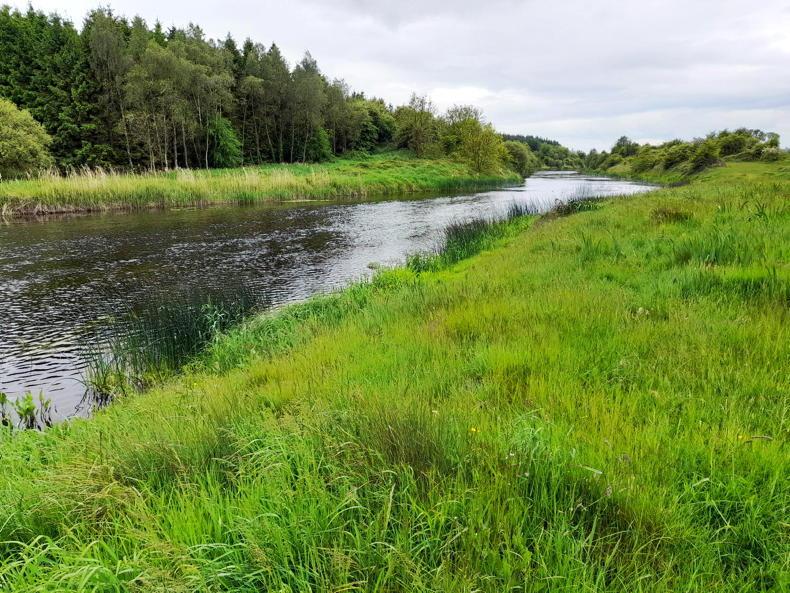A little over a year ago I dipped my toe into the whole clamour for red clover silage. With the inflated price of fertiliser, there was a lot of interest among farmers in the options for growing similar amounts of grass without the need for large amounts of artificial nitrogen.
There were three things that pushed me towards considering red clover in my silage swards.
Firstly, there was the possibility of cutting back on my fertiliser bill.
Secondly, the prospect of having really good, high-protein silage, which could reduce the need for expensive protein in my meal.
Lastly, there was the hope that the first two would contribute to a reduction in my carbon footprint. Basically, it was to save me money and improve my journey towards net zero.
I did a full plough reseed, but I was a little cautious as this was a new venture for me. Probably foolishly, I put in a mixture of red and white clover. In hindsight, I definitely didn’t put in enough red clover.
My logic was to have enough clover to help reduce the amount of artificial nitrogen, but not too much that it would leave it hard to ensile. There is always the difficulty (especially in the west) with getting a dry spell to get the red clover cut at the right stage.
Weeds
The reseed established reasonably well, but so did the weeds. There were massive amounts of docks and chickweed. I decided to spray the reseed to try and control the weeds. Even though it was supposed to be a clover-safe spray, I think it has checked the clover.
Over winter it was hard to tell. I could see both red and white clover, but not as much as I would have liked. In spring I reduced the amount of artificial fertiliser, but only slightly. I couldn’t see enough clover to justify taking a bigger risk.
Then after the first cut I could see more clover, but still not enough, so I sowed artificial fertiliser again. Then I ran into another problem. The weather was rubbish and the second cut was delayed by about a month. This seems to have smothered a lot of the clover.
To be honest, at this stage, I felt like writing off the whole experiment. Then last week I went to the Ulster Grassland Society farm walk at James Henderson’s. I saw an excellent example of what red clover silage should look like.
I talked to a few fellow farmers and realised there is massive gain to be had if I could crack red clover. The next day I had a CAFRE adviser out on my farm and we walked over the field that I had tried red clover in.
I told him that I felt it was a disaster. But he seemed much more positive and assured me that it wasn’t a complete write-off.
Next steps
I am now grazing the field with cattle and it is still quite open at the base. While walking it, I had the thought that it might work if I stitched in some more red clover. I know it’s getting late in the year and there are very few people who have successfully stitched in red clover, but I thought it was a bright idea (or maybe a mad moment).
I took the bull by the horns anyway and ordered some red clover seed, then booked the contractor to come and stitch it in. The job has been done and now it’s a matter of waiting to see how it goes.
I have been more generous with the seed this time, in the hope of having a more substantial hit of red clover.
I have honestly no idea whether it will work or not and I have no template to direct me in the right direction, but we will see. I will tell the story if it’s a success or failure.









SHARING OPTIONS